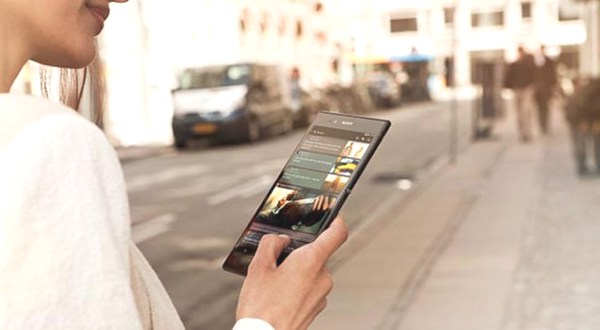 It’s a smartphone, it’s a tablet, no, it’s a phablet! The Sony Xperia Z Ultra is one of those devices that it’s either everything you’ve wanted or you’re left scratching your head at it’s 6.4-inch display that is too small for a tablet and too big to be a phone. Either way, no matter where you stand, come this September 13th, the Xperia Z Ultra will be launching in the UK. You can expect to find in from Amazon UK, and retailers like Clove and Handtec. The high end device will run on Qualcomm’s latest 2.2GHz quad-core Snapdragon 800, with 2GB RAM, 16GB internal memory, and 4G LTE connectivity and is expected to carry a £600 price tag.
It’s a smartphone, it’s a tablet, no, it’s a phablet! The Sony Xperia Z Ultra is one of those devices that it’s either everything you’ve wanted or you’re left scratching your head at it’s 6.4-inch display that is too small for a tablet and too big to be a phone. Either way, no matter where you stand, come this September 13th, the Xperia Z Ultra will be launching in the UK. You can expect to find in from Amazon UK, and retailers like Clove and Handtec. The high end device will run on Qualcomm’s latest 2.2GHz quad-core Snapdragon 800, with 2GB RAM, 16GB internal memory, and 4G LTE connectivity and is expected to carry a £600 price tag.
Phones

For those who follow the tech industry on a regular basis, you’re surely aware of the ‘patent troll’ problem that plagues the industry. For those not familiar, there are many companies who either buy patents from other companies or file for any and all type of patents and due to the broken system in the US, are in return granted such patents. Once granted, instead of actually producing any products or services with the given patents, the companies begun to sue any and all that they can if they feel like they can extract any money from the case. At best, a company shells out millions of dollars towards lawyers when they could have invested the money into the company and at worst, companies simply close up shop if they cannot afford to fend off such abuse.
Now thanks to a federal judge, Sony and others will have one less thing to worry about from patent licensing firm WiLAN.
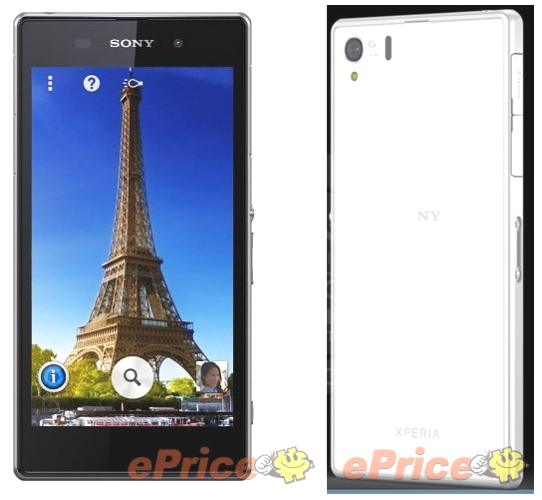
Begun, the smartphone camera megapixel wars have. Your traditional compact cameras experienced, then DSLR caught the fever, and now smartphones are jumping on the megapixel count bandwagon. Much like the Cold War, if recent leaked specs are to be believed from the soon-to-be-announced Sony Xperia Honami (code name), the next generation flagship Android smartphone from Sony will include a 20.7-megapixel ExmorRS sensor. If that wasn’t enough to put your old digital camera to shame, it’s also believed that the Xperia Honami will also include a Sony G-Lens, which can be found in their higher end Cybershot cameras. While not nearly as impressive, the front facing camera is expected to offer 2-megapixels which should be more than sufficient for video chatting, though expect your selfies to still be grainy. Let’s talk other specs after the jump.
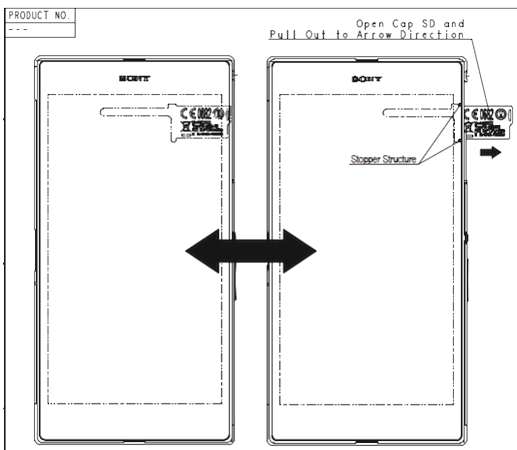
If the device in question has any form of wireless functionality, you can bet that it will pass through the FCC before its release. While the FCC has been a great source of leaked information in the past, this time the government regulatory arm was able to keep its files hidden long enough for Sony to actually announce the product before revealing it. So can we learn from the FCC documentation of the Xperia Z Ultra?
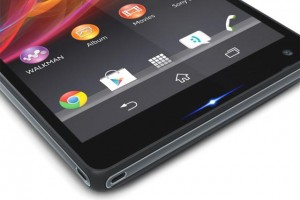 The Sony Xperia Z is Sony’s flagship Android smartphone though when it launched earlier in the year, it didn’t ship with the latest version of Android. This, of course, shouldn’t come as a shock as the Android OS landscape is quite fragmented. Now, Sony is looking to remedy this by finally rolling out the latest – Android 4.2.2 for the Xperia Z. The over-the-air update is currently available for most unlocked HSPA+ and LTE models while carrier specific updates roll out afterwards.
The Sony Xperia Z is Sony’s flagship Android smartphone though when it launched earlier in the year, it didn’t ship with the latest version of Android. This, of course, shouldn’t come as a shock as the Android OS landscape is quite fragmented. Now, Sony is looking to remedy this by finally rolling out the latest – Android 4.2.2 for the Xperia Z. The over-the-air update is currently available for most unlocked HSPA+ and LTE models while carrier specific updates roll out afterwards.

It wouldn’t be a Sony product announcement without a fantasy based product promotional video that shows off just what the device in question can do. Now all we need is our own private pool, or $2,000 Gucci purse. In all seriousness though, the Sony Xperia Z Ultra promo video though packed with fluff helps you get a sense of the devices size and functionality. After the jump, the promo video awaits you.
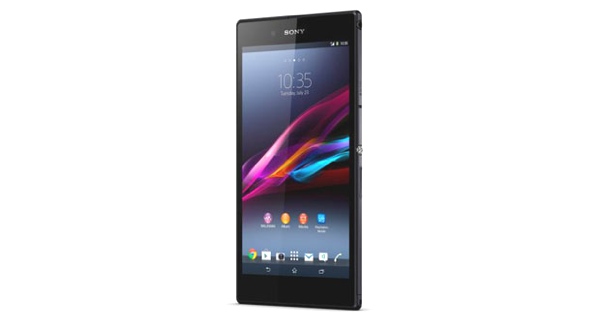
As expected, Sony today unveiled the Xperia Z Ultra, a smartphone/tablet hybrid which is squarely aimed at taking on the Samsung Galaxy Note series. The massive, yet extremely thin and light device packs a monstrous 6.4-inch display with a 1080p resolution versus competitor units which traditionally offer a 720p display. With a near tablet sized screen, the Xperia Z Ultra is also powered by a tablet like processor which has the unit running on Qualcomm’s latest 2.2GHz quad-core Snapdragon 800, with 2GB RAM, 16GB internal memory, and 4G LTE connectivity. After the jump, we break down the Xperia Z Ultra even further.
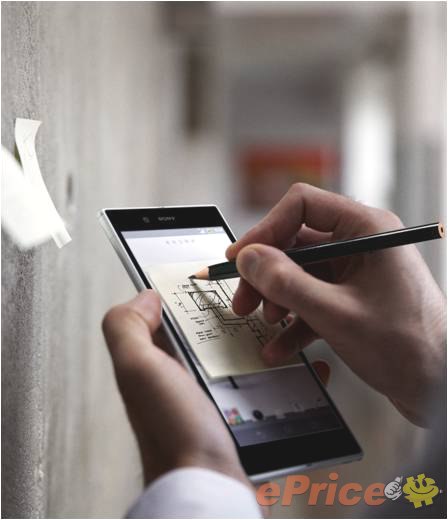 For those not savvy in the fantastic name scheming that Sony is using which makes all of their products sound the same (Xperia Tablet Z, Xperia Z, Xperia ZA), the Sony Xperia Z Ultra is the latest to join the ranks. Not be confused with the Xperia Tablet Z or the Xperia Z, their flagship smartphone, the Xperia Z Ultra is the companies first attempt at a phablet. Seeing how Samsung has had some success with the Samsung Galaxy Note series (though we’ve never heard of actual sales numbers for the series), Sony is looking to jump in the larger phone but not quite tablet segment with the Xperia Z Ultra which is expected to be unveiled tomorrow. For those who can’t wait, we have a few more shots for you, after the jump.
For those not savvy in the fantastic name scheming that Sony is using which makes all of their products sound the same (Xperia Tablet Z, Xperia Z, Xperia ZA), the Sony Xperia Z Ultra is the latest to join the ranks. Not be confused with the Xperia Tablet Z or the Xperia Z, their flagship smartphone, the Xperia Z Ultra is the companies first attempt at a phablet. Seeing how Samsung has had some success with the Samsung Galaxy Note series (though we’ve never heard of actual sales numbers for the series), Sony is looking to jump in the larger phone but not quite tablet segment with the Xperia Z Ultra which is expected to be unveiled tomorrow. For those who can’t wait, we have a few more shots for you, after the jump.
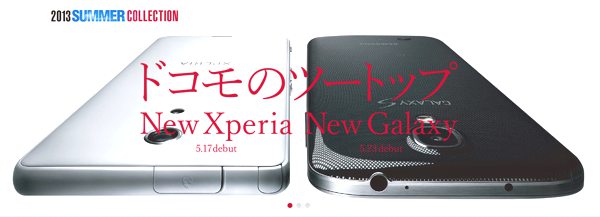
A usual trend in business is that a company is at its strongest in its home country. Apple sells the most iOS and Mac units in the US. Nokia does far more business in Europe and that Nintendo’s popularity trumps the Xbox in Japan. Following this often correct rule, you would assume that Sony’s mobile efforts which currently have little to no presence in the US would also be vastly higher in Japan, their home country but you’d be wrong.
Despite being a brand that’s born in Japan and continues to development most of its electronics there, for many years, Sony smartphone sales began to lose ground to Apple. While on its on, this might seem like a huge ordeal, it’s even a bigger cause of concern when you are accustomed to the Japanese culture and their tech habits. To them, the idea, the idea of iOS and the simplicity it offers is often times an alienating thing. For every time you may have used a Sony device and cursed its UI, remember that this was developed in Japan and always well received. Now, things are beginning to look a lot rosier for Sony.
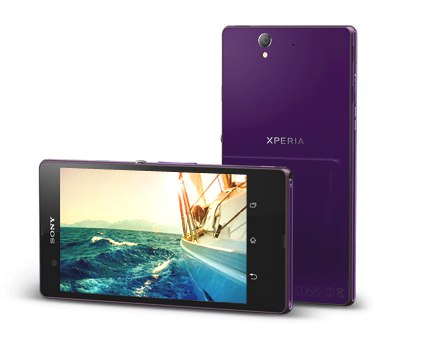
Way back in May, thanks to FCC documents, we learned that the Xperia Z, a true flagship Android smartphone from Sony would be headed to T-Mobile. Despite the phone not having arrived yet for the carrier, those interested in the phone could still get their hands on an unlocked version of the phone from Sony retail stores and Sony’s online portal. Now, T-Mobile has announced that the Xperia Z is coming exclusively to their network in the coming weeks.

For better or worse, developers always want access to more. More API’s, more SDK content, and the holy grail if possible, more control over the devices firmware. Be it an iOS or Android device, firmware is usually one of the areas thats blocked off from developers in order to keep device performance at a certain threshold. Many of the devices we own are capable of more if the firmware is tweaked but such things can equally have a negative consequence like diminished battery life.
Much in the way that PlayStation is betting on indie developer, so is Sony by granting devs access to the SmartWatch firmware with the Open SmartWatch Project.
Kazuo Hirai, president and CEO of Sony, sat down with Jon Fortt of CNBC’s “Closing Bell” at the AllThingsD Digital Conference yesterday to address rumors that the company was “looking a spinoff 15 to 20%” of their Entertainment division, including Sony Pictures and Sony Music.
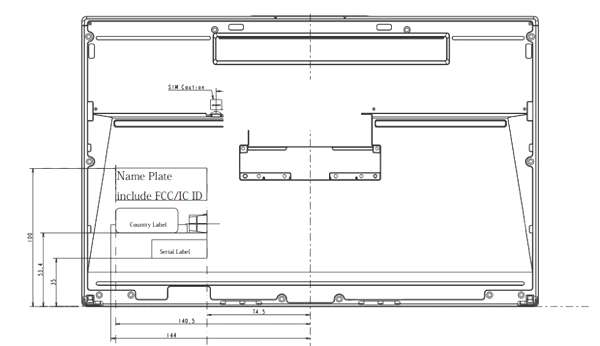
Oh FCC, how you can ruin many great surprises for companies. Last week, we told you about a leaked video and promotional photo of what appears to be a Sony VAIO Duo 13-inch, the hybrid Windows 8 laptop and slate. Sony already sells the VAIO Duo 11-inch so this latest model seems to offer what we’ve already come to expect from the series with an extra 2 inches of real estate space on your screen. Now, the FCC has all but confirmed the validity of the VAIO Duo 13-inch and a product through their doors means a very high likelihood of a release in the US, and soon.
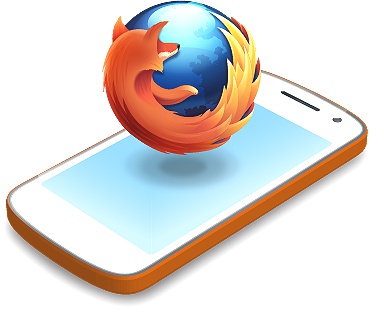
It’s no secret that Sony is working on a new line of smartphones that will incorporate Firefox OS in 2014. I believe the shift in strategy is designed to help diversify Sony’s mobile portfolio and target more developing nations while lowering the company’s reliance on Android. In fact, in February, Sony showed off the HTML-5-based OS on the Xperia E which houses budgetary specs, exactly the segment the Firefox OS is designed to reach. Since then, things may have escalated a bit between Sony and Mozilla as the latest rumors suggest that the two are working on a premium handset. Li Gong, Mozilla’s senior vice president for mobile devices has gone on record, stating that
Sony is known for quality and user experience. So they are targeting for very, very high (end). We are in joint discussions on the kind of device and what’s the product.
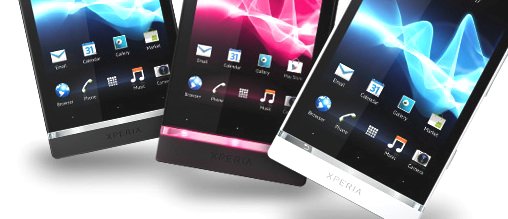
If Japanese operator NTT DoCoMo countdown on May 15th is any indication, Sony is set to announce new Xperia smartphones for one of Japans biggest telecom providers. Just last year around the same time, Sony announced the Xperia GX and Xperia SX which stayed exclusive to DoCoMo and never made their way West. According to the Xperia Blog, rumors peg the Sony Xperia A (SO-04E) launching on DoCoMo and the Xperia UL (SOL22) on AU. It remains to be seen if true, how these models will fit in Sony’s already extensive smartphone lineup though it remains highly unlikely that these devices will make it to European and US carriers.

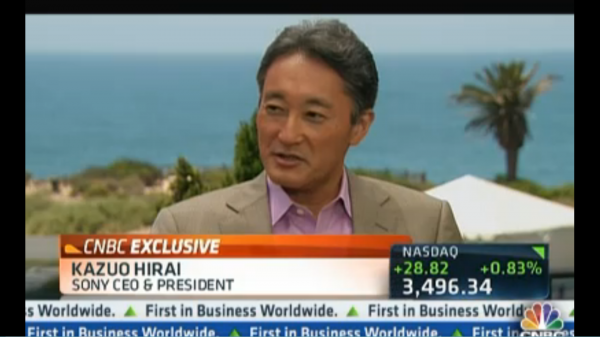
You must be logged in to post a comment.